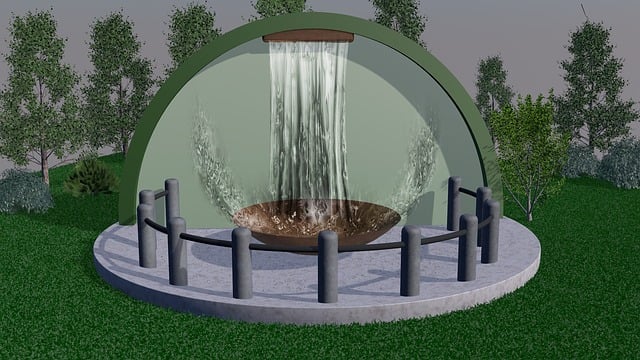Aftermarket air intake systems enhance engine performance by optimizing airflow, delivering cooler, denser air for increased horsepower, torque, and fuel efficiency. These systems, tailored to specific vehicle models, integrate seamlessly into existing architectures, offering advanced filters, innovative materials, and customizable designs that appeal to car enthusiasts. Key trends include high-flow filters, lightweight composite materials, and sound-dampening features, providing both performance gains and personalized driving experiences.
“Unleash your vehicle’s potential with an exploration of vehicle-specific aftermarket designs, particularly focusing on aftermarket air intake systems. This comprehensive guide delves into the transformative power of these components, offering not just performance upgrades but also tailored aesthetics. We’ll dissect the fundamentals of aftermarket intakes, highlight their advantages and unique considerations for each vehicle type, and showcase current trends shaping this dynamic market. By understanding these advancements, car enthusiasts can make informed choices to enhance both style and engine efficiency.”
- Understanding Aftermarket Air Intake Systems: An Overview
- Benefits and Considerations for Vehicle-Specific Designs
- Popular Trends and Innovations in Aftermarket Intake Systems
Understanding Aftermarket Air Intake Systems: An Overview

Aftermarket air intake systems are designed to enhance the performance and efficiency of a vehicle’s engine by optimizing the airflow of incoming air. These systems typically consist of components such as air filters, cold air intakes, and pipelines that replace the stock air intake design. By allowing for a larger flow of cooler air, these modifications can significantly boost power output and torque.
An aftermarket air intake system explained involves redirecting the air flow from outside the engine bay, often through a more efficient path, to ensure a consistent supply of clean air to the engine. This is particularly beneficial for vehicles with modified engines or those driven in varying weather conditions. The improved airflow not only enhances performance but also contributes to better fuel efficiency and reduced emissions, making them a popular choice among car enthusiasts and tuners.
Benefits and Considerations for Vehicle-Specific Designs

Vehicle-specific aftermarket designs offer several advantages over universal or generic components. One of the key benefits is enhanced performance, tailored to the exact requirements and specifications of a particular make and model. Aftermarket air intake systems explained as one such design, these specialized parts optimize airflow, potentially increasing horsepower and torque. They are designed to fit seamlessly into the vehicle’s existing architecture, ensuring optimal efficiency without compromising safety or reliability.
When considering vehicle-specific designs, several factors come into play. Customization requires detailed knowledge of the target vehicle, including its engine layout, clearance constraints, and aesthetic design cues. Manufacturers invest in advanced engineering and computer-aided design (CAD) software to create precise, accurate parts. This level of customization also means higher costs compared to universal aftermarket products. However, for enthusiasts seeking peak performance and a unique look, the benefits outweigh the expenses, resulting in a more satisfying ownership experience.
Popular Trends and Innovations in Aftermarket Intake Systems

Aftermarket air intake systems have evolved significantly, driven by a growing demand for enhanced performance and personalized vehicle aesthetics. These systems are designed to improve engine efficiency by delivering cooler, denser air to the combustion chamber, thereby increasing power output and fuel efficiency. Popular trends include the integration of high-flow air filters, which capture and trap contaminants while ensuring maximum airflow. Innovations such as dry flow filters, oiled filters, and composite materials like carbon fiber and aluminum offer improved performance, lighter weights, and enhanced durability compared to stock intake systems.
Moreover, modern aftermarket intakes often incorporate unique designs that cater to vehicle owners’ desire for customization. These designs range from sleek, minimalist looks to aggressive, aerodynamic shapes that not only enhance the engine bay’s appearance but also provide optimal airflow. Many high-performance intake systems now come with heat shields and sound dampening features, allowing for a balance between performance gains and a tailored driving experience.
Vehicle-specific aftermarket air intake systems offer a unique way to enhance engine performance, providing tailored solutions for various vehicle makes and models. By understanding the benefits and considerations outlined in this article, car enthusiasts can make informed decisions about their upgrades. These custom designs not only improve airflow but also contribute to a more efficient combustion process, resulting in increased power and torque. As technology advances, the aftermarket intake systems continue to evolve, incorporating innovative materials and designs, ensuring that vehicle owners have access to cutting-edge performance enhancements for their cars.














